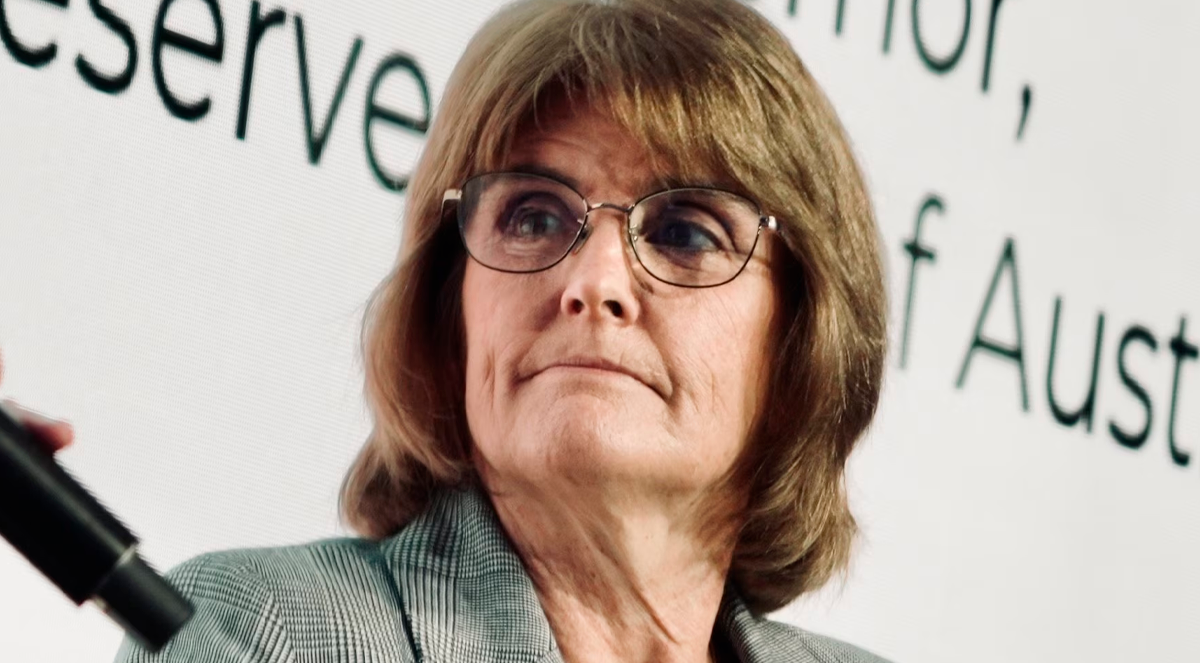
Image from ABC News/John Gunn
KEY POINTS
- Hotter-than-expected inflation data from the ABS means the RBA is almost certain to hold rates steady at its next meeting, which wraps up on Melbourne Cup Day
- The RBA’s preferred inflation measure, the “trimmed mean,” rose to 3.0% annually - its first increase since 2022 - and jumped 1.0% in the quarter, beating forecasts
- Housing market momentum remains strong despite no near-term rate relief, with earlier cuts, stronger borrowing capacity, rising incomes, and tight supply driving capital city house prices to their fastest quarterly growth in nearly four years
A Melbourne Cup Day rate cut from the Reserve Bank of Australia is almost certainly now off the cards, after the release of much stronger than expected inflation data.
Figures from the Bureau of Statistics show Australia’s official inflation measure, the Consumer Price Index (CPI), rose 1.3% in the September 2025 quarter and 3.2% annually.
Market expectations had been for a 0.8% CPI lift for the quarter, and 2.7% for the year.
Even before the release of the inflation data, the central bank had signalled that hotter-than-expected inflation would rule out a November rate cut.
Most analysts and market traders are now not expecting further interest rate relief until at least next year.
The details
The Bureau of Statistics says the 1.3% rise in headline inflation in the September 2025 quarter is the highest quarterly rise since March 2023.
“The largest contributor to this quarterly movement was electricity costs, which rose by 9.0%,” says Michelle Marquardt, the ABS’ Head of Prices Statistics.
The figures also show annual inflation to the end of September 2025 was 3.2%, a big jump from 2.1% in the year to the end of the June 2025 quarter.
“This is the highest annual inflation rate since the June 2024 quarter when annual inflation was 3.8%,” Ms Marquardt says.
The Reserve Bank of Australia is mandated to keep inflation in a 2-3% target band, while keeping unemployment as low as possible.
Its main tool to do this is interest rates, which it has lowered three times this year (in February, May and August) to the current 3.6%.
Underlying inflation
While a 3.2% annual CPI rate will raise eyebrows at the bank, of more interest to the RBA in its interest rate deliberations is the “trimmed mean” - the central bank’s preferred measure of underlying inflation.
“Trimmed mean annual inflation was 3.0% to the September quarter, up from 2.7% to the June quarter,” the ABS’ Michelle Marquardt says.
“This is the first time trimmed mean annual inflation has increased since December 2022.”
In fact, trimmed mean inflation spiked by 1.0% in the three months to the end of September, well above forecasts of a 0.8% rise.
Speaking earlier in the week, the RBA governor Michele Bullock had said a 0.9% increase in underlying inflation would be a “material miss”.
Economists and markets interpreted that as a clear signal that anything above 0.8% in underlying inflation for the September quarter would rule out a rate cut at the RBA’s next meeting, due to wrap up on Tuesday the 4th of November - Melbourne Cup Day.
“This hotter-than-expected inflation print is the final nail in the coffin of any hopes for a November rate cut,” says Ben Udy, Lead Economist at Oxford Economics.
Leith Van Onselen, Chief Economist at MB Fund and co-founder of the MacroBusiness newsletter, is even more blunt:
“The likelihood of a near-term rate cut has been shattered.”
Former RBA Assistant Governor Luci Ellis, who’s now the Chief Economist at Westpac - Australia’s second largest bank - says her team is now “conducting a full reassessment for the cash rate outlook in light of both the inflation outcome and the evolving picture on domestic demand.”
“Even a February cut is far from certain now, given the size of the upside surprise this quarter,” she says.
Balancing inflation and unemployment
The prospect that the RBA might cut rates in November had been heightened after the release of figures on the 16th of October, which showed unemployment increasing to 4.50% in September, up from 4.30% in August.
Oxford Economics’ Ben Udy thinks unemployment will remain “around its current level, which is higher than the RBA would probably like to see it.”
But he says he’s expecting inflation to come down over time.
“And that is going to give the RBA room to cut rates next year,” he says, “so we're expecting two more rate cuts from here.”
Impact on the property market
While the news that there’s unlikely to be a rate cut on Melbourne Cup Day - and possibly not a Christmas rate cut either at the RBA’s December meeting - is a blow for Australians with a mortgage, the good news is that your home or investment property is probably worth more than it was a few months ago.
The property market has roared back to life as the impact of the three rate cuts earlier this year has washed through the economy.
Recent data from Domain Group showed house and unit prices across Australia’s capital cities surged in the three months to the end of September 2025, recording the fastest house price growth in nearly four years (2.9% in the combined capitals), while unit prices rose at double last year’s pace (2.3%).
While Domain puts part of this price acceleration down to this year’s interest rate cuts, it also points to buyers with stronger borrowing capacity, rising income levels and ongoing tight housing supply.
For those sitting on the sidelines, hoping the receding prospect of a fourth and fifth rate cut in this RBA interest rate cutting cycle will slow the real estate market to the extent they can pick up a property “bargain”, my message is clear:
You could be waiting a very long time.
Stay Up to Date
with the Latest Australian Property News, Insights & Education.




.png?width=292&height=292&name=Copy%20Link%20(1).png)
 SIGN UP FOR FREE NEWSLETTER
SIGN UP FOR FREE NEWSLETTER
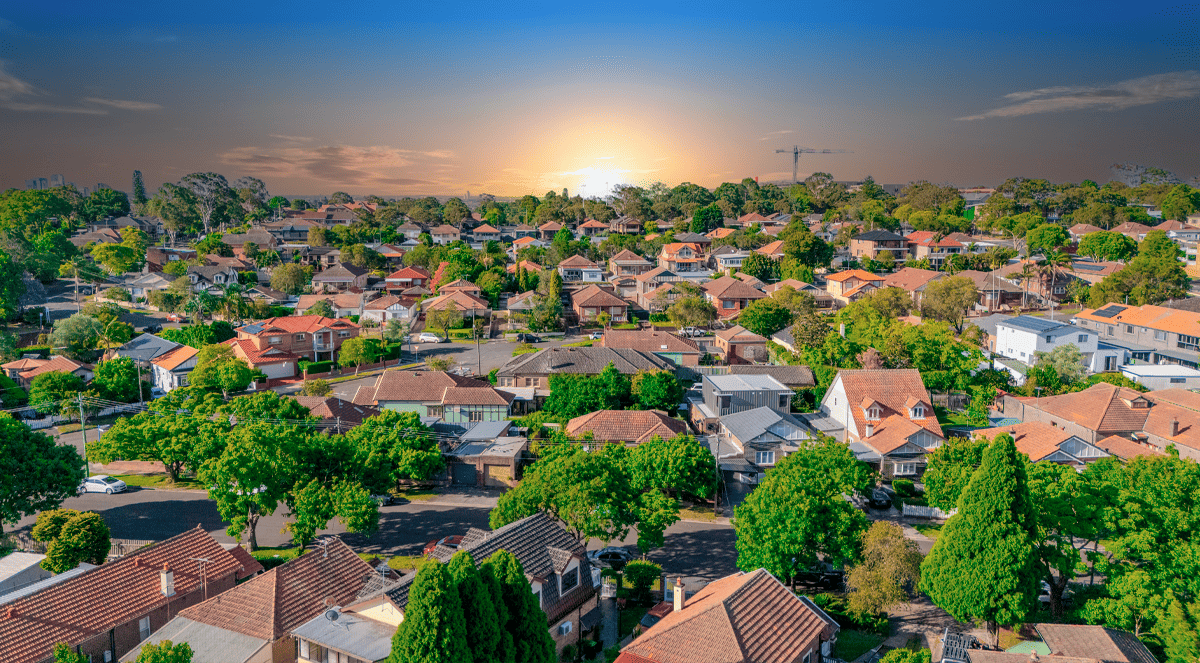
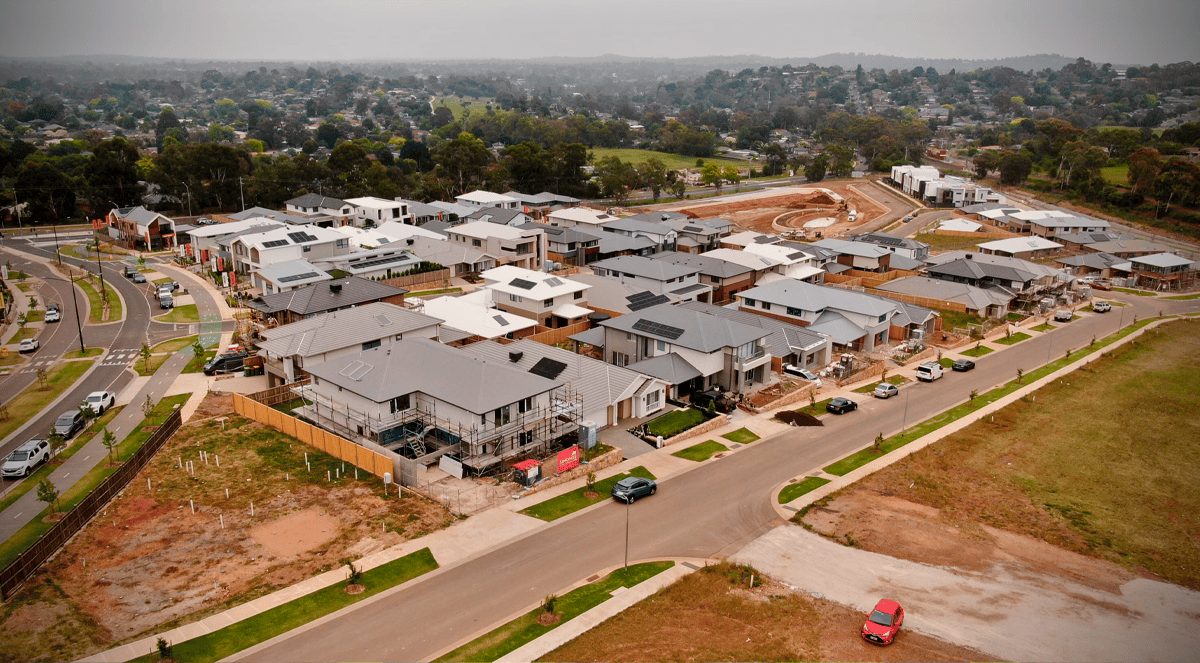
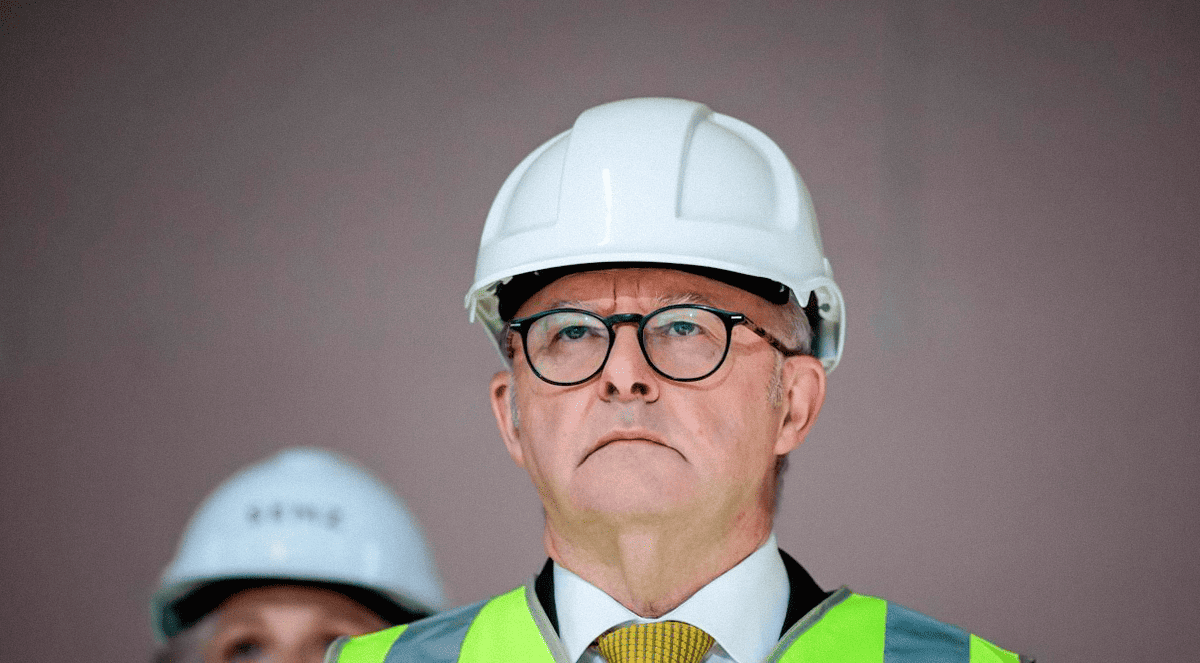
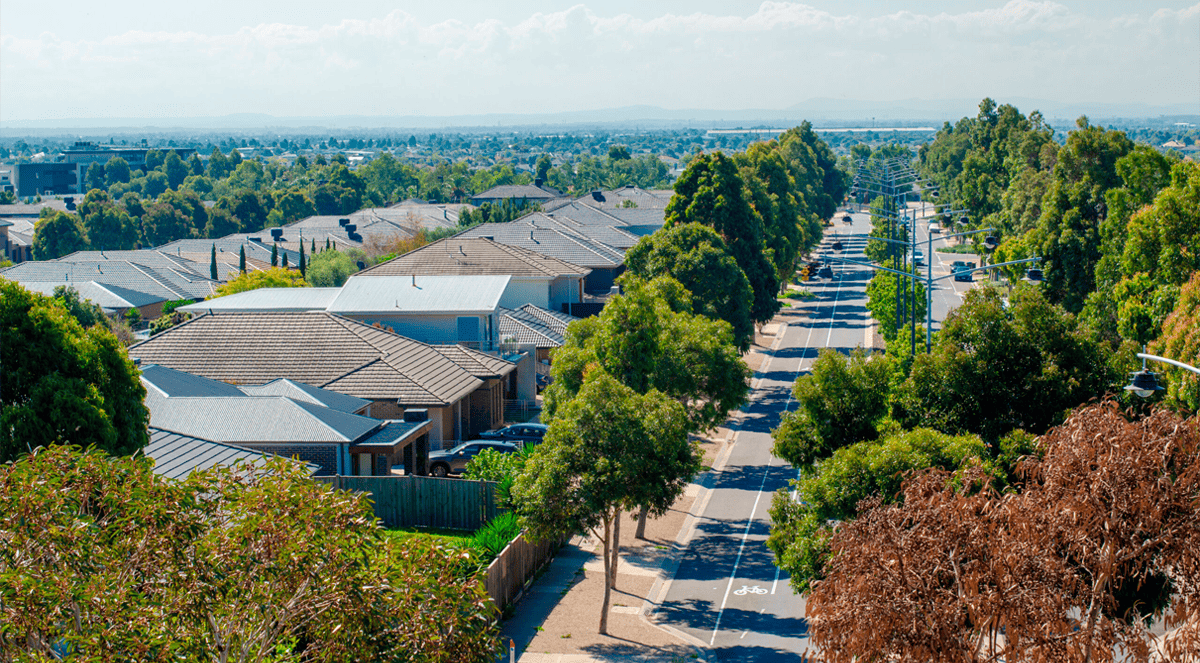
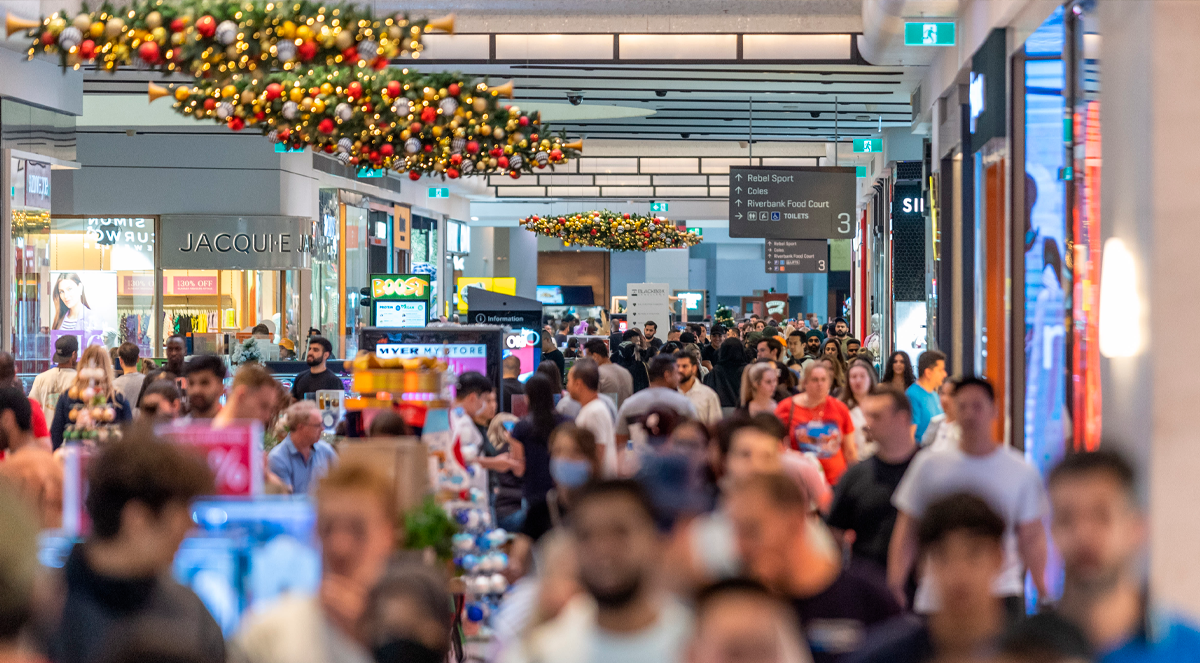
.jpg?width=1920&height=1080&name=Warning%2c%20You%20Might%20Be%20Facing%20Higher%20Taxes%20Soon%20(1).jpg)





.png?width=1920&height=1080&name=Rate%20Drops%20Signal%20BIGGEST%20Property%20Boom%20in%20DECADES%20(1).png)

.jpg?width=1920&height=1080&name=Labor%20vs%20Liberal%20These%20Housing%20Policies%20Could%20Change%20the%20Property%20Market%20Forever%20(1).jpg)
.jpg?width=1920&height=1080&name=QLD%20Slashes%20Stamp%20Duty%20Big%20News%20for%20Investors%20%26%20Home%20Buyers%20(1).jpg)
.jpg?width=1920&height=1080&name=Trump%20Just%20Slapped%20Tariffs%20%E2%80%93%20Here%E2%80%99s%20What%20It%20Means%20for%20Australia%20(1).jpg)
.jpg?width=1920&height=1080&name=Federal%20Budget%202025%20More%20Debt%2c%20No%20Housing%20%E2%80%93%20Here%E2%80%99s%20What%20You%20Need%20to%20Know%20(1).jpg)
.jpg?width=1920&height=1080&name=Australias%20Housing%20Crisis%20is%20about%20to%20get%20MUCH%20Worse%20(New%20Data%20Warns).jpg)
%20(1).jpg?width=1920&height=1080&name=Australias%20RENTAL%20CRISIS%20Hits%20ROCK%20BOTTOM!%20(2025%20Update)%20(1).jpg)
%20(1).png?width=1920&height=1080&name=Is%20Adelaide%20Still%20a%20Good%20Property%20Investment%20(2025%20UPDATE)%20(1).png)
.jpg?width=1920&height=1080&name=RBA%20Shocks%20with%20Rate%20Cuts!%20What%E2%80%99s%20Next%20for%20Property%20Investors%20(1).jpg)
%20(1).jpg?width=1920&height=1080&name=I%20Predict%20The%20Feb%20Rate%20Cut%20(My%20Price%20Growth%20Prediction)%20(1).jpg)
.png?width=1920&height=1080&name=Why%20Property%20Prices%20Will%20Rise%20in%202025%20Market%20Predictions%20(1).png)
.jpg?width=1920&height=1080&name=Why%20Investors%20Are%20Choosing%20Apartments%20Over%20Houses%202%20(1).jpg)
.jpg?width=1920&height=1080&name=Why%20Rate%20Cuts%20Will%20Trigger%20A%20Property%20Boom%20(1).jpg)
.jpg?width=1920&height=1080&name=Retire%20On%202Million%20With%20One%20Property%20(Using%20SMSF).jpg)
.jpg?width=1920&height=1080&name=4%20Reasons%20Why%20You%20Should%20Invest%20in%20Melbourne%20Now%20(1).jpg)
%20(1).jpg?width=1920&height=1080&name=Old%20Property%20vs%20New%20Property%20(Facts%20and%20Figures%20Revealed)%20(1).jpg)
%20(1).jpg?width=1920&height=1080&name=Will%20The%20New%20QLD%20Govt%20Create%20a%20Property%20Boom%20or%20Bust%20(My%20Prediction)%20(1).jpg)
%20Scott%20Kuru%20(1).jpg?width=1920&height=1080&name=Inflation%20Hits%20Three-Year%20Low%20(Will%20RBA%20Cut%20Rates%20Soon)%20Scott%20Kuru%20(1).jpg)
.jpg?width=1920&height=1080&name=How%20to%20Buy%20Investment%20Property%20Through%20SMSF_%20The%20Ultimate%20Guide%20(1).jpg)
.jpg?width=1920&height=1080&name=Victoria%20Slashes%20Stamp%20Duty%20Melbourne%20Set%20to%20Boom%20Scott%20Kuru%20(1).jpg)
.png?width=1571&height=861&name=Are%20Foreign%20Buyers%20Really%20Driving%20Up%20Australian%20Property%20Prices%20(1).png)
.jpg?width=1920&height=1080&name=The%20Single%20Factor%20That%20Predicts%20Property%20Growth%20Regions%20(1).jpg)
%20Scott%20Kuru%20(1).jpg?width=1920&height=1080&name=My%20Prediction%20On%20Rates%20%26%20Negative%20Gearing%20(Market%20Crash)%20Scott%20Kuru%20(1).jpg)

-1.png?width=1920&height=1080&name=Major%20Banks%20Cut%20Rates%20Will%20RBA%20Follow%20Suit%20(Sept%20Rate%20Update)-1.png)
%20Scott%20Kuru-1.png?width=1920&height=1080&name=Rate%20Cut%20Coming%20What%20New%20Zealands%20Move%20Means%20for%20Australia%20(Sept%20Prediction)%20Scott%20Kuru-1.png)
%20(1).jpg?width=1920&height=1080&name=Buy%20when%20the%20interest%20rates%20are%20high!%20(Why%20you%20must%20buy%20now!)%20(1).jpg)
.jpg?width=1920&height=1080&name=Carms_Revised%20Taxes%20Due%20Aug%209%20YT%20Thumbnail02%20(1).jpg)
.jpg?width=1920&height=1080&name=Carms_Too%20Little%20Too%20Late%20Aug%207%20YT%20Thumbnail01%20(1).jpg)









.jpg?width=1920&height=1080&name=Carms_Rate%20Drop%20In%20July%20Jun%2010%20YT%20Thumbnail02%20(1).jpg)
.jpg?width=1920&height=1080&name=Carms_Own%20a%20Property%20V6%20Jun%205_YT%20Thumbnail%20(1).jpg)









.png?width=1920&height=1080&name=Artboard%201%20(3).png)






.jpg?width=1920&height=1080&name=YT%20thumbnail%20%20(1).jpg)

